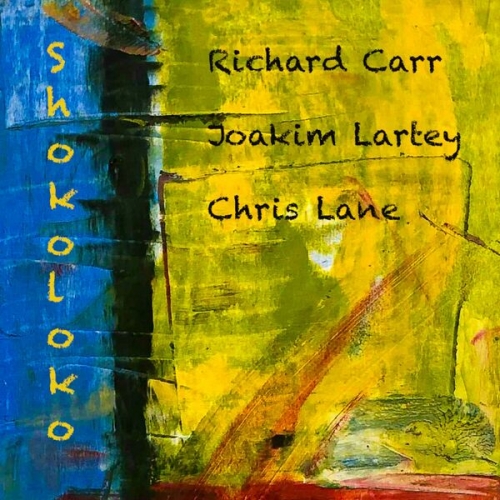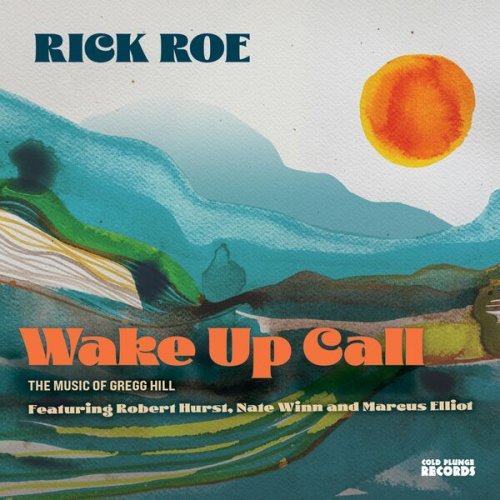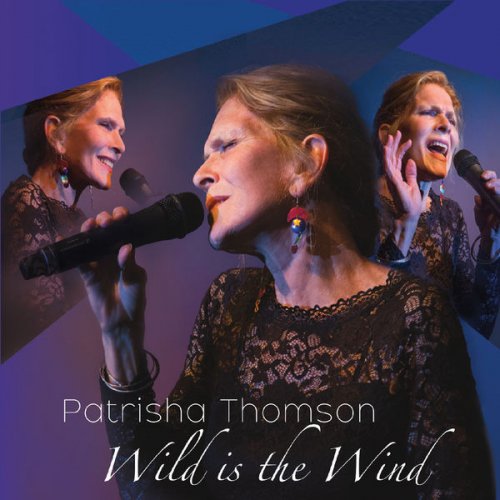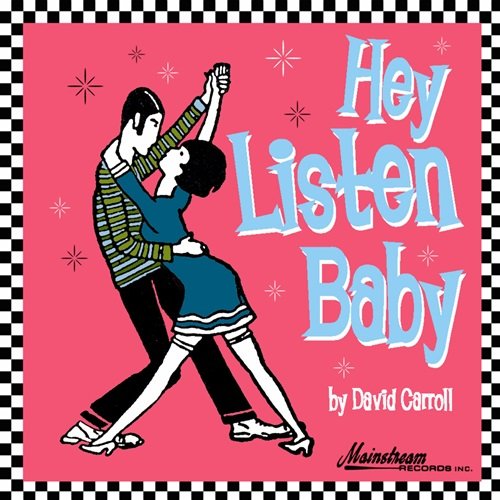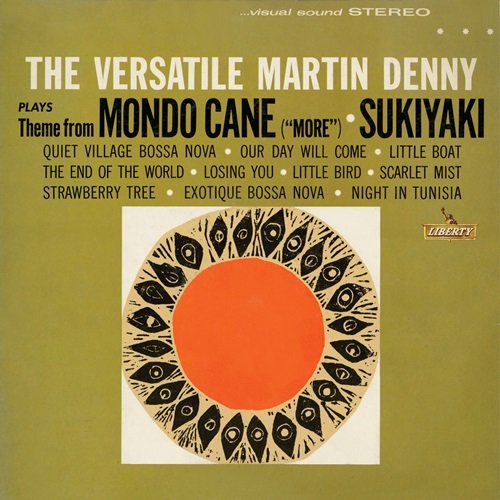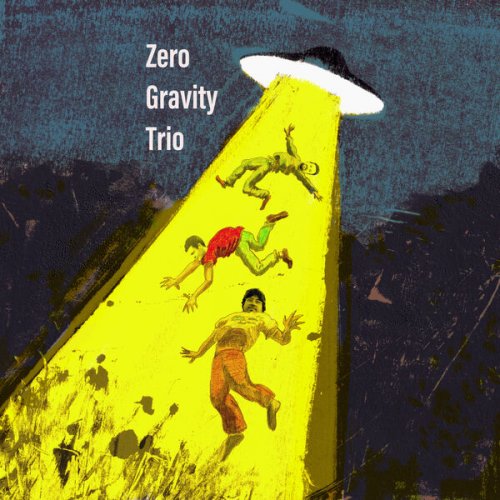Peter Hammill - Fool's Mate (Japan Remastered) (1971/2005)
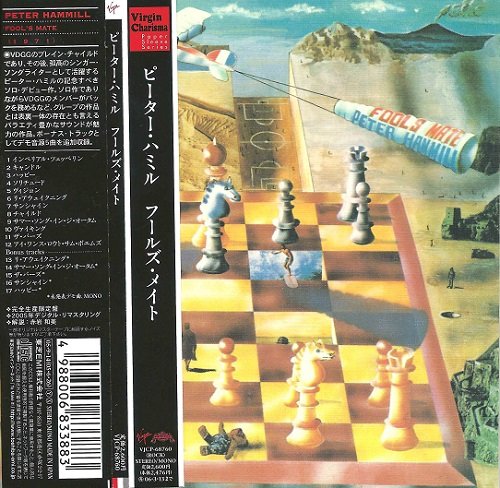
Artist: Peter Hammill
Title: Fool's Mate
Year Of Release: 1971/2005
Label: Charisma/Virgin
Genre: Psychedelic Rock, Art Rock, Prog Rock
Quality: Flac (image, .cue, log)
Total Time: 01:02:13
Total Size: 403 Mb (scans)
WebSite: Album Preview
Tracklist:Title: Fool's Mate
Year Of Release: 1971/2005
Label: Charisma/Virgin
Genre: Psychedelic Rock, Art Rock, Prog Rock
Quality: Flac (image, .cue, log)
Total Time: 01:02:13
Total Size: 403 Mb (scans)
WebSite: Album Preview
1. Imperial Zeppelin
2. Candle
3. Happy
4. Solitude
5. Vision
6. Re-Awakening
7. Sunshine
8. Child
9. Summer Song (In The Autumn)
10. Viking
11. The Birds
12. I Once Wrote Some Poems
Bonus Tracks :
13. Re-Awakening (early demos)
14. Summer Song (In The Autumn)
15. The Birds(early demos)
16. Sunshine (early demos)
17. Happy (early demos)
Line-up:
John Anthony - background vocals, producer
Hugh Banton - organ, piano, keyboards, background vocals
Rod Clements - bass, violin
Guy Evans - percussion, drums, background vocals
Robert Fripp - electric guitar
Peter Hammill - acoustic guitar, guitar, piano, keyboards, vocals
David Jackson - saxophone
Ray Jackson - harmonica, mandolin, harp, background vocals
Nic Potter - bass
Martin Pottinger - drums
Paul Whitehead - drums
Peter Hammill is a prolific songwriter, singer, and co-founder of Van Der Graaf Generator; he has also released dozens of solo recordings on a series of labels and later on his own Fie! Records. Though he never attained the public profile of fellow countryman David Bowie, Hammill's recording career has proven just as groundbreaking and uncompromising.
Hammill was born in 1948 in the west London suburb of Ealing, moving to Derby when he was 12. As a child and young adolescent, he was subject to Catholic teachings, particularly those of the Jesuit order. Though he ceased practicing the religion later in his teens, its influence, as well those of history, depth psychology, and philosophy, have been profound in his music. Hammill discovered music at a fairly young age, learning piano as a child.
He began playing guitar in his teens. He was steeped in classical music as well as opera and avant-garde, but also loved rock & roll. His discovery of new wave science fiction authors Michael Moorcock, Harlan Ellison, and Tom Disch, among others, also influenced his thoughts and music at the time.
While studying at Manchester University, Hammill met drummer Nick Peame and keyboardist /saxophonist Chris Judge Smith (who had just returned from studying at the University of California in Berkeley); the trio formed the first version of Van Der Graaf Generator, though Judge Smith left when the band began to tour in 1968, and Peame left in 1969.
Hammill (vocals, acoustic guitar and electric piano) enlisted Hugh Banton (organ, bass pedals), Guy Evans (drums), David Jackson (reeds and winds), and bassists Keith Ellis (1968-1969), and Nic Potter (1970). The band released four highly influential albums --The Aerosol Grey Machine, The Least We Can Do Is Wave to Each Other, H to He, Who Am the Only One, and Pawn Hearts -- between 1969 and 1971 before breaking up for the first time in 1972.
After the split, Hammill began releasing a series of provocative, diverse, and at times astonishing solo recordings: Fool's Mate (1971), Chameleon in the Shadow of the Night (1973), The Silent Corner and the Empty Stage and In Camera (1974), Nadir's Big Chance (1975, which saw the emergence of his punk alter ego, Riki Nadir), and Over (1977), all for the Charisma label. These records established his reputation as not only a songwriter and composer of consequence, but as a singular vocalist.
In the middle of his solo run, Van Der Graaf Generator reunited in 1975 and released Godbluff. They followed it with two offerings in 1976, Still Life and World Record. Banton and Jackson left the group almost immediately after. Hammill and Evans changed the name to Van Der Graaf, added violinist Graham Smith, and recorded The Quiet Zone in 1977. A live album, Vital, followed in 1978, and the group disbanded again, though its members continued to appear on Hammill's solo work. The songwriter resumed his solo career with 1977's provocative Future Now, followed by pH7 in 1978. These marked his final two dates for Charisma. Taken with his earlier solo recordings, they make for diverse and groundbreaking run in art/prog rock that has never lacked in eclecticism, ambition, and adventurousness.
Hammill didn't record again until 1980, when he released the completely solo -- and subsequently regarded as a classic -- A Black Box for S-Type. He signed to Virgin later that year. Sitting Targets, his debut for the label, was followed by another fine run that included Enter K (another of his alter egos) in 1982, Patience (1983), The Love Songs (1984), And Close as This, and Skin (both in 1986). In 1988, Hammill contracted with American independent Enigma for three albums: 1988's In a Foreign Town, 1990's Out of Water, and the acclaimed completely solo Room Temperature: Live. In 1991 he released his first opera, a musical re-enactment of Edgar Allan Poe's, The Fall of the House of Usher, co-written with Judge Smith. Though Hammill performed all of the instruments and many of the vocals, other artists who contributed voices included Lene Lovich, Andy Bell, and Herbert Grönemeyer. The album appeared on Some Bizarre.
In 1992 the songwriter formally launched his Fie! Records label with an acknowledged masterpiece, Fireships, cut in his home studio in Bath. It was followed by The Noise and a live offering in 1993, and Roaring Forties in 1994.
With few exceptions -- notably 1993's Offensichtlich Goldfisch and 1996's Tides -- Hammill recorded his solo works exclusively for Fie! Some of these received distribution across the Atlantic, including X My Heart (1996) and Everyone You Hold (1998). In 1999, he collaborated with composer Roger Eno for The Appointed Hour.
In the 21st century, Hammill showed no sign of slowing down. Playing live somewhat regularly, he set up his own website, Sofa Sound, in order to distribute his recordings to fans and communicate with them via a blog and regular news updates. Significant albums include 2000's None of the Above, 2002's Clutch, and 2004's Incoherence.
In 2004, the classic lineup of Van Der Graaf Generator played together for the first time since the '70s at a pair of Hammill's solo shows. Though he'd rejected the idea of another reunion for over a decade, he, Jackson, Evans, and Banton re-formed and issued Present, a brand-new studio album, in 2005. Fans and critics agreed on its significance and merit. It made several year-end lists, including The Wire's. A live record was cut at Royal Albert Hall that year and issued in 2008, the same year as their next studio offering, Trisector. A Grounding in Numbers and Alt were issued on Esoteric in 2011 and 2012, respectively.
Hammill's solo career continued without a break. In 2006 he released Incoherence, followed that same year by a duet recording with Stuart Gordon entitled Veracious (sic). He found time to write for himself as well as Van Der Graaf Generator, even on tour. He released Thin Air in 2009, followed by Consequences in 2012.
After a long email correspondence, Hammill invited the eclectic and prolific New York guitarist Gary Lucas (Captain Beefheart) to his studio in Bath with no particular goal in mind. Ideas flew fast and furious and the pair emerged with the accessible yet thoroughly experimental The Other World. It was issued by Esoteric in February of 2014 followed not long after by another solo release, ...All That Might Have Been. 2017 saw the release of Hammill's 35th solo LP, another ambitious, entirely self-played collection called From the Trees.
Hammill was born in 1948 in the west London suburb of Ealing, moving to Derby when he was 12. As a child and young adolescent, he was subject to Catholic teachings, particularly those of the Jesuit order. Though he ceased practicing the religion later in his teens, its influence, as well those of history, depth psychology, and philosophy, have been profound in his music. Hammill discovered music at a fairly young age, learning piano as a child.
He began playing guitar in his teens. He was steeped in classical music as well as opera and avant-garde, but also loved rock & roll. His discovery of new wave science fiction authors Michael Moorcock, Harlan Ellison, and Tom Disch, among others, also influenced his thoughts and music at the time.
While studying at Manchester University, Hammill met drummer Nick Peame and keyboardist /saxophonist Chris Judge Smith (who had just returned from studying at the University of California in Berkeley); the trio formed the first version of Van Der Graaf Generator, though Judge Smith left when the band began to tour in 1968, and Peame left in 1969.
Hammill (vocals, acoustic guitar and electric piano) enlisted Hugh Banton (organ, bass pedals), Guy Evans (drums), David Jackson (reeds and winds), and bassists Keith Ellis (1968-1969), and Nic Potter (1970). The band released four highly influential albums --The Aerosol Grey Machine, The Least We Can Do Is Wave to Each Other, H to He, Who Am the Only One, and Pawn Hearts -- between 1969 and 1971 before breaking up for the first time in 1972.
After the split, Hammill began releasing a series of provocative, diverse, and at times astonishing solo recordings: Fool's Mate (1971), Chameleon in the Shadow of the Night (1973), The Silent Corner and the Empty Stage and In Camera (1974), Nadir's Big Chance (1975, which saw the emergence of his punk alter ego, Riki Nadir), and Over (1977), all for the Charisma label. These records established his reputation as not only a songwriter and composer of consequence, but as a singular vocalist.
In the middle of his solo run, Van Der Graaf Generator reunited in 1975 and released Godbluff. They followed it with two offerings in 1976, Still Life and World Record. Banton and Jackson left the group almost immediately after. Hammill and Evans changed the name to Van Der Graaf, added violinist Graham Smith, and recorded The Quiet Zone in 1977. A live album, Vital, followed in 1978, and the group disbanded again, though its members continued to appear on Hammill's solo work. The songwriter resumed his solo career with 1977's provocative Future Now, followed by pH7 in 1978. These marked his final two dates for Charisma. Taken with his earlier solo recordings, they make for diverse and groundbreaking run in art/prog rock that has never lacked in eclecticism, ambition, and adventurousness.
Hammill didn't record again until 1980, when he released the completely solo -- and subsequently regarded as a classic -- A Black Box for S-Type. He signed to Virgin later that year. Sitting Targets, his debut for the label, was followed by another fine run that included Enter K (another of his alter egos) in 1982, Patience (1983), The Love Songs (1984), And Close as This, and Skin (both in 1986). In 1988, Hammill contracted with American independent Enigma for three albums: 1988's In a Foreign Town, 1990's Out of Water, and the acclaimed completely solo Room Temperature: Live. In 1991 he released his first opera, a musical re-enactment of Edgar Allan Poe's, The Fall of the House of Usher, co-written with Judge Smith. Though Hammill performed all of the instruments and many of the vocals, other artists who contributed voices included Lene Lovich, Andy Bell, and Herbert Grönemeyer. The album appeared on Some Bizarre.
In 1992 the songwriter formally launched his Fie! Records label with an acknowledged masterpiece, Fireships, cut in his home studio in Bath. It was followed by The Noise and a live offering in 1993, and Roaring Forties in 1994.
With few exceptions -- notably 1993's Offensichtlich Goldfisch and 1996's Tides -- Hammill recorded his solo works exclusively for Fie! Some of these received distribution across the Atlantic, including X My Heart (1996) and Everyone You Hold (1998). In 1999, he collaborated with composer Roger Eno for The Appointed Hour.
In the 21st century, Hammill showed no sign of slowing down. Playing live somewhat regularly, he set up his own website, Sofa Sound, in order to distribute his recordings to fans and communicate with them via a blog and regular news updates. Significant albums include 2000's None of the Above, 2002's Clutch, and 2004's Incoherence.
In 2004, the classic lineup of Van Der Graaf Generator played together for the first time since the '70s at a pair of Hammill's solo shows. Though he'd rejected the idea of another reunion for over a decade, he, Jackson, Evans, and Banton re-formed and issued Present, a brand-new studio album, in 2005. Fans and critics agreed on its significance and merit. It made several year-end lists, including The Wire's. A live record was cut at Royal Albert Hall that year and issued in 2008, the same year as their next studio offering, Trisector. A Grounding in Numbers and Alt were issued on Esoteric in 2011 and 2012, respectively.
Hammill's solo career continued without a break. In 2006 he released Incoherence, followed that same year by a duet recording with Stuart Gordon entitled Veracious (sic). He found time to write for himself as well as Van Der Graaf Generator, even on tour. He released Thin Air in 2009, followed by Consequences in 2012.
After a long email correspondence, Hammill invited the eclectic and prolific New York guitarist Gary Lucas (Captain Beefheart) to his studio in Bath with no particular goal in mind. Ideas flew fast and furious and the pair emerged with the accessible yet thoroughly experimental The Other World. It was issued by Esoteric in February of 2014 followed not long after by another solo release, ...All That Might Have Been. 2017 saw the release of Hammill's 35th solo LP, another ambitious, entirely self-played collection called From the Trees.
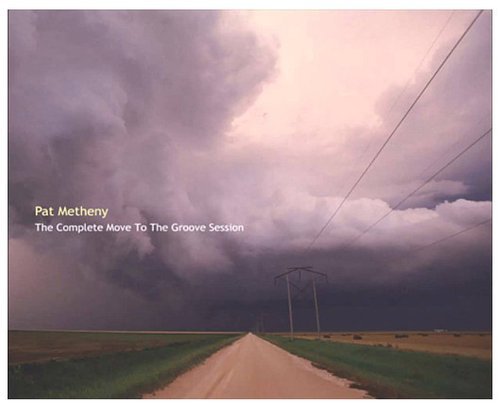
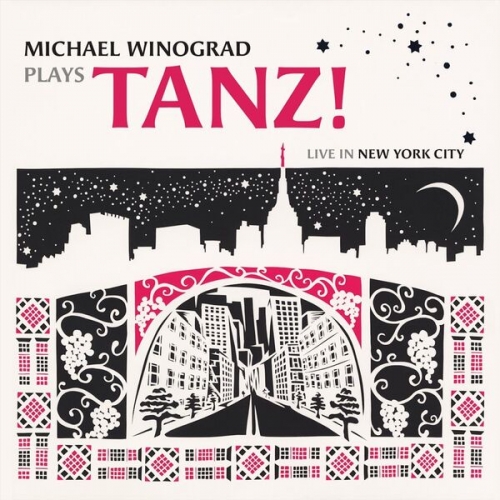
![Johnny Mathis - Sending You a Little Christmas (2013) [Hi-Res] Johnny Mathis - Sending You a Little Christmas (2013) [Hi-Res]](https://img.israbox.com/img/2025-12/23/38ptbeu2vtopjom56b48st4yc.jpg)
